Dynamic Cone Penetration Test (DCP)
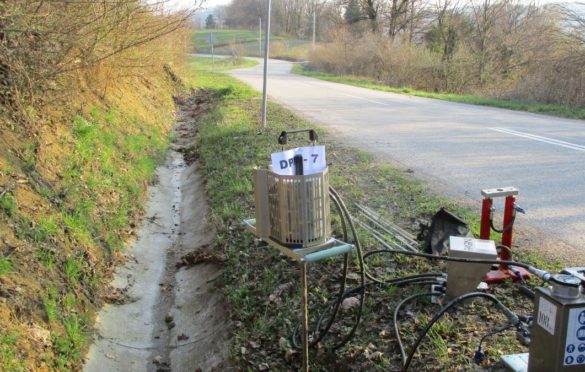
Standard Penetration Test (SPT) is typically performed at depth intervals of about 1.5 m (5 ft). A rapid and inexpensive alternative for obtaining more continuous data is to use a Dynamic Cone Penetration Test (DCP). These tests are also often referred to as drive cones, dynamic probing, or dynamic sounding Tests.

Dynamic Cone Penetration Test may be performed using a drill rig, using essentially the same equipment used to conduct the SPT; they may be performed using portable automatic rigs, or they may be performed by hand using simple light weight equipment. In addition to their use in routine site investigation work and for estimating individual soil properties, DCPs are often used for shallow site work to evaluate footing subgrade characteristics, as a quality control tool for backfll around buried pipes or compacted fll for shallow foundations or retaining walls, to locate depth to shallow bedrock, and for a variety of other applications.
The Dynamic Cone Penetration Test (DCP) may be used to supplement other in situ tests, or it may be used in situations where site accessibility is very limited or mobilization costs for a drill rig or other equipment may be very high. They may also be used for shallow investigations where the use of a drill rig is not practical.
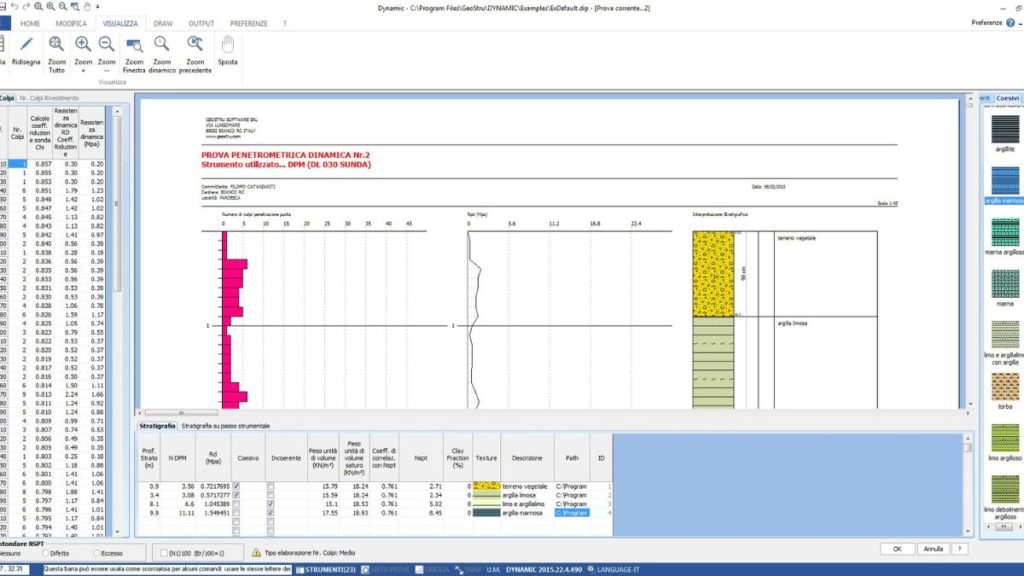
The Dynamic Cone Penetration Test are conducted by attaching a cone on the bottom of a set of drive rods and attach¬ing an anvil on the top of the rods. The drive rods are marked off in the specifed driving intervals and then driven with a simple drop hammer system. The cone may be sacrifcial or may be threaded or pinned onto the end of the rods. Figure 1 illustrates the principle of the DCP and shows the different components of the test. All that is needed to perform the test are a drop hammer, an anvil, a set of drive rods, and a conical tip.
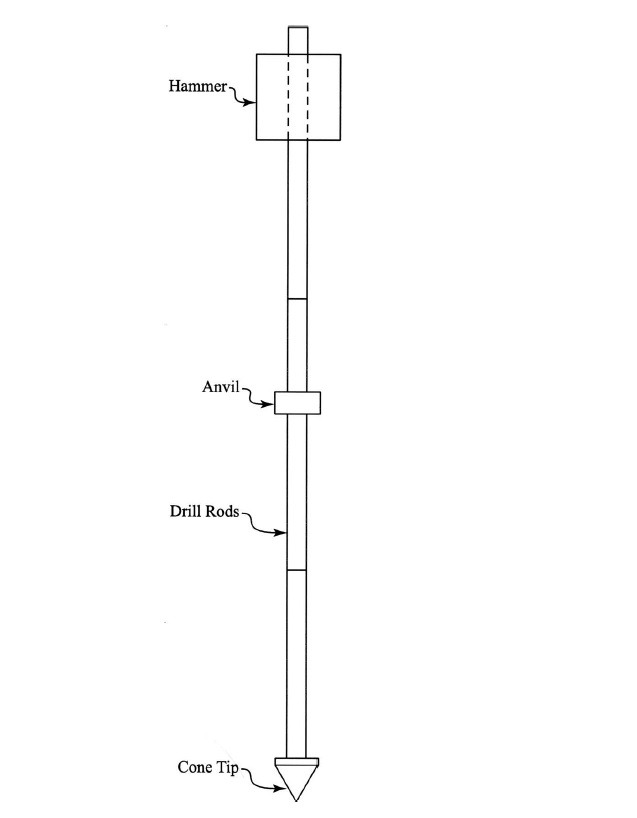
Dynamic Cone Penetration Test have some potential advantages over other types of penetration tests:
- They are simple to perform;
- Most drilling companies have the necessary equipment to perform the test (e.g., SPT hammer and drill rods) and can obtain a suitable cone tip;
- They may be used in a wide range of soil types;
- They provide more continuous test results than the SPT;
- They are rapid and inexpensive;
- They may be used to provide a good indication of relative differences in density or stiffness of the soil being penetrated;
- The tests do not require a large static reaction that is needed for the CPT/CPTU and DMT;
- They generally do not require a borehole; therefore, there are no cuttings to dispose of;
- There are essentially no moving parts to the equipment; and
- The test does not require power or any electronic components.
However, this type of test also has some limitations, which include the following:
- All forms of the test are not currently standardized;
- There can be problems with unknown and nonuniform energy input during the test;
- No soil sample is obtained;
- Rod friction may cause errors in the test results; and
- Interpretation of results is almost entirely empirical.
Equipment for performing a Dynamic Cone Penetration Test?
The DCP is generally classifed according to the mass of the hammer as light, medium, heavy, or super heavy, as indicated in Table 1. There are several variables that can be altered for the different confgurations and categories of the DCPs including: (1) the hammer mass, (2) the hammer drop height, (3) the cone diameter, (4) the cone apex angle, (5) the drive rod diameter, and (6) the driving distance.
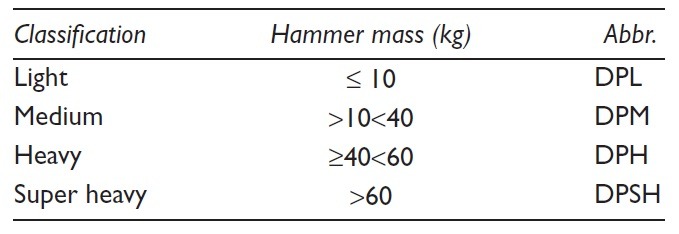
In a survey of about 50 countries taken in 1988 by Stefanoff et al. (1988), the overwhelming responses indicated that the most common types of drive cones in use were the light and super heavy; the light probably because it is simple, inexpensive, and portable and the super heavy probably because it uses the same driving equipment as the SPT. Test equipment and procedures for different classes of DCP have been presented as part of the International Reference Test Procedures. Table 2 gives a summary of the proposed characteristics of the different categories of the DCP (Stefanoff et al.1988).
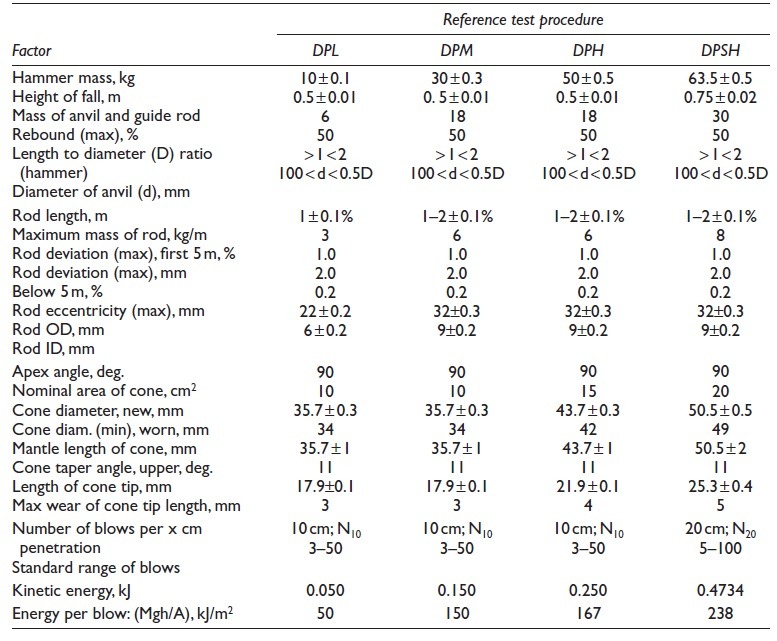
Note that all of the cones for these proposed international standards have an apex angle of 90°. In the past, some countries have made use of the DIN 4094 specifcations developed in Germany for DCP, given in Table 3.

